Welcome!
Spotted Hyena; Tambako the Jaguar posted, Pinterest
Hyenas!
Why?
Because I know very little about them, and thought they could be interesting.
And they are!
There are 4 main suborders of feliform Carnivora mammals belonging to the family
Hyaenidae.
Did you understand that? ‘Cause I sure didn’t the first time I read it!
Let’s try to translate!
Feli-form: cat-like
Hyenas are biologically more like cats than dogs!
Feli-forms include cats, tigers, lions, meerkats and mongooses.
Who knew? Not me!
Carnivora: carnivores. They eat meat.
Mammals: They give live births.
Okay!
So hyenas are more like cats, they eat meat and they give live births.
There are 4 main kinds of hyenas:
Striped hyena
Brown hyena
Spotted hyena
Aardwolf
Let’s break those down.
Striped hyena:
Striped hyenas are the only ones where the females are larger than the males.
Cubs are born with their eyes closed, and the males help raise them, digging dens to live in. Striped hyenas are monogamous (live with only one mate for most of their life ). They are scavengers, eating any meat except vultures! They will also supplement their diet with fruit.
Next:
Brown hyenas
Brown hyenas are not known to prey on humans. They are primarily nocturnal (move around at night) and are slightly larger than their brothers, Striped hyenas. They are considered to be shy and elusive, and will pretend to be dead to survive!
They live in family groups, called clans. They are very social.
Aardwolves cannot kill livestock, although many people believe they kill lambs.
Very little is known about



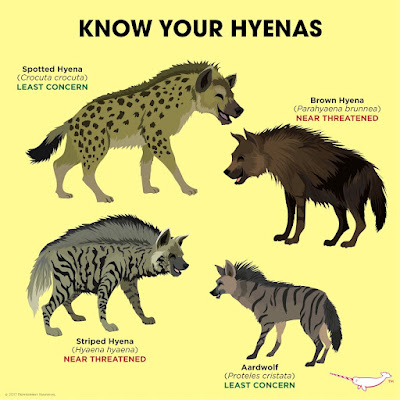
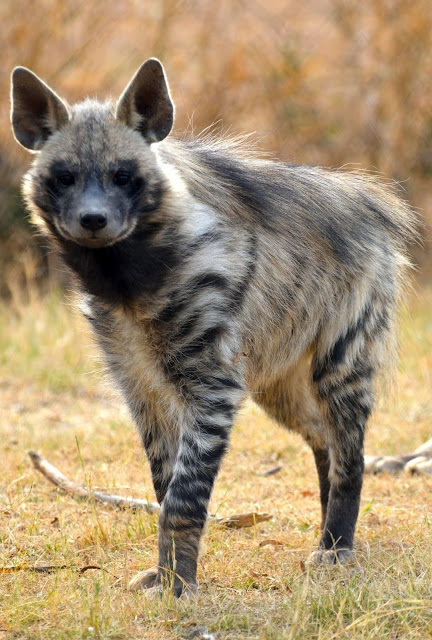

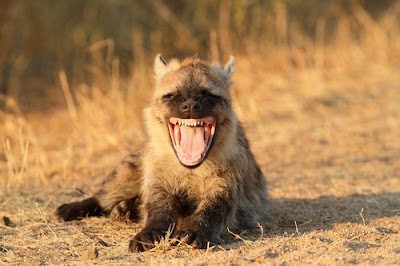



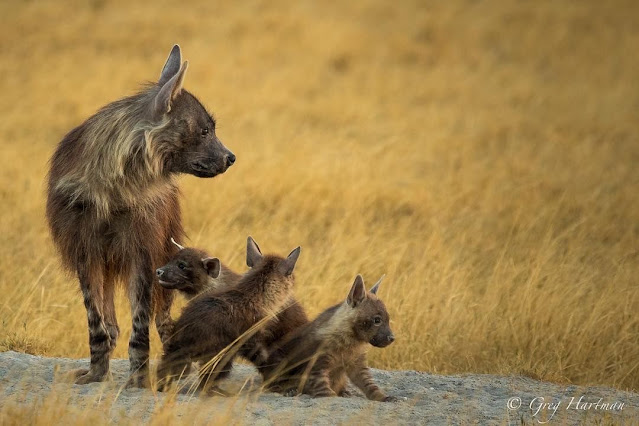




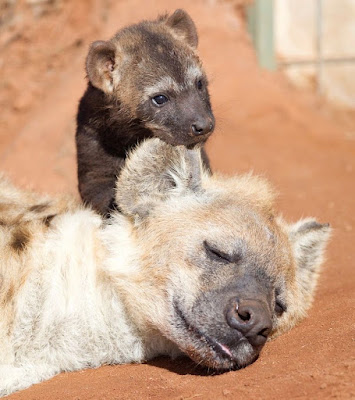













No comments:
Post a Comment